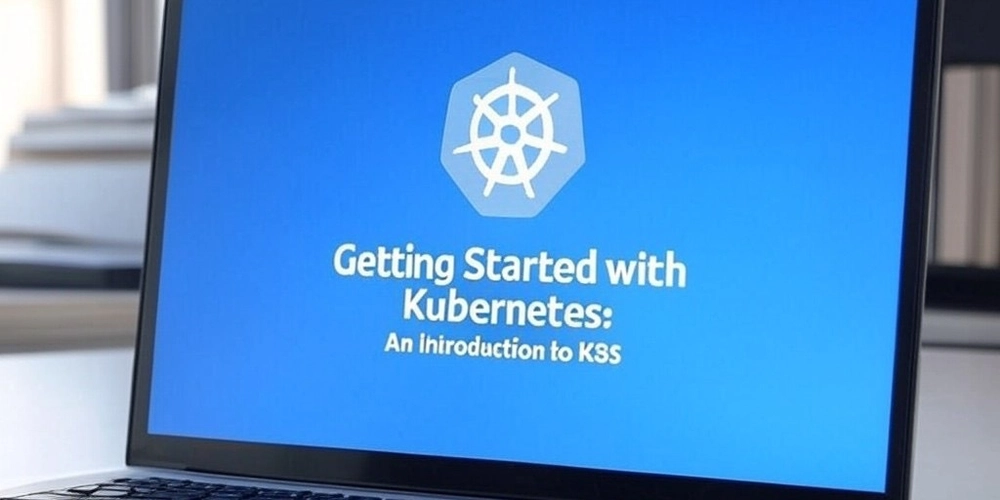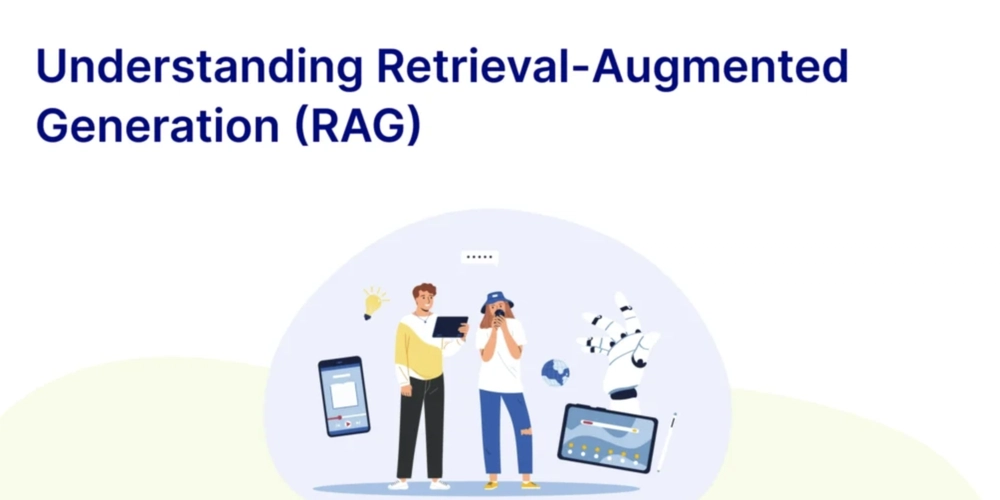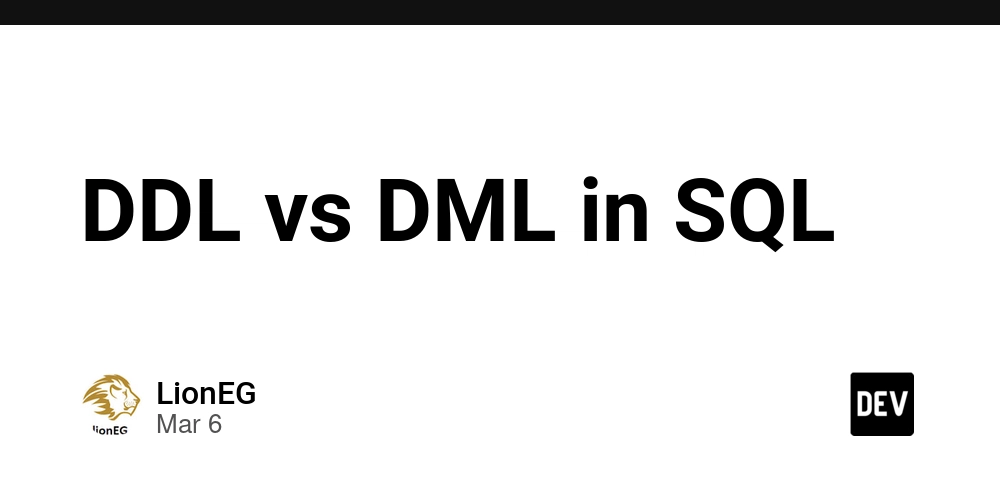Getting Started with Kubernetes : An Introduction to K8S
Introduction Kubernetes, often abbreviated as K8s, is an open-source container orchestration platform that automates deploying, scaling, and operating application containers. Originally developed by Google, it is now maintained by the Cloud Native Computing Foundation (CNCF). This guide provides a step-by-step approach to getting started with Kubernetes. Explanation of Components - Control Plane (Master Node) The Control Plane manages the entire Kubernetes cluster, scheduling workloads, handling networking, and maintaining the desired state. API Server: Central communication hub for Kubernetes, exposing the API used by kubectl and other components. Controller Manager: Ensures that the cluster remains in the desired state by running controllers (e.g., ReplicaSet, Node Controller). Scheduler: Assigns Pods to available Worker Nodes based on resource requirements. etcd: A key-value store database that holds the current state of the cluster. - Worker Nodes Each Worker Node runs application workloads in Pods and is managed by the Control Plane. Kubelet: An agent running on each Worker Node that ensures containers are running as instructed by the API Server. Container Runtime: Software responsible for running the containers (e.g., Docker, containerd, CRI-O). Kube Proxy: Manages networking within and outside the cluster, ensuring communication between services. - Pods A Pod is the smallest deployable unit in Kubernetes, containing one or more containers that share the same storage and network namespace.

Introduction
Kubernetes, often abbreviated as K8s, is an open-source container orchestration platform that automates deploying, scaling, and operating application containers. Originally developed by Google, it is now maintained by the Cloud Native Computing Foundation (CNCF). This guide provides a step-by-step approach to getting started with Kubernetes.
Explanation of Components
- Control Plane (Master Node)
The Control Plane manages the entire Kubernetes cluster, scheduling workloads, handling networking, and maintaining the desired state.
API Server: Central communication hub for Kubernetes, exposing the API used by kubectl and other components.
Controller Manager: Ensures that the cluster remains in the desired state by running controllers (e.g., ReplicaSet, Node Controller).
Scheduler: Assigns Pods to available Worker Nodes based on resource requirements.
etcd: A key-value store database that holds the current state of the cluster.
- Worker Nodes
Each Worker Node runs application workloads in Pods and is managed by the Control Plane.
Kubelet: An agent running on each Worker Node that ensures containers are running as instructed by the API Server.
Container Runtime: Software responsible for running the containers (e.g., Docker, containerd, CRI-O).
Kube Proxy: Manages networking within and outside the cluster, ensuring communication between services.
- Pods
A Pod is the smallest deployable unit in Kubernetes, containing one or more containers that share the same storage and network namespace.










































































































































































![[The AI Show Episode 142]: ChatGPT’s New Image Generator, Studio Ghibli Craze and Backlash, Gemini 2.5, OpenAI Academy, 4o Updates, Vibe Marketing & xAI Acquires X](https://www.marketingaiinstitute.com/hubfs/ep%20142%20cover.png)



























































































































![[FREE EBOOKS] The Kubernetes Bible, The Ultimate Linux Shell Scripting Guide & Four More Best Selling Titles](https://www.javacodegeeks.com/wp-content/uploads/2012/12/jcg-logo.jpg)



![From drop-out to software architect with Jason Lengstorf [Podcast #167]](https://cdn.hashnode.com/res/hashnode/image/upload/v1743796461357/f3d19cd7-e6f5-4d7c-8bfc-eb974bc8da68.png?#)






































































































.png?#)




.jpg?#)
































_Christophe_Coat_Alamy.jpg?#)







































































































![Rapidus in Talks With Apple as It Accelerates Toward 2nm Chip Production [Report]](https://www.iclarified.com/images/news/96937/96937/96937-640.jpg)









































































































































